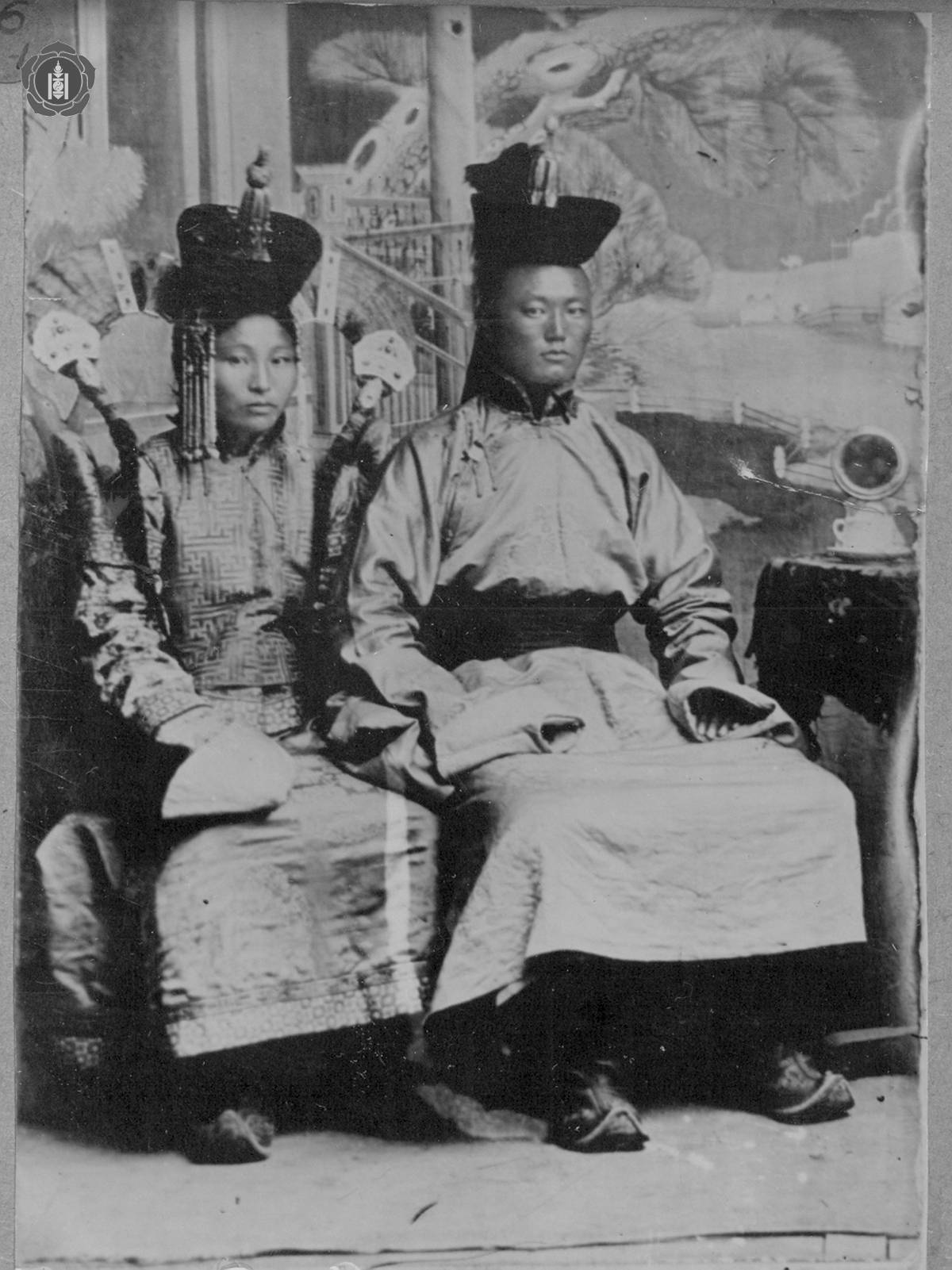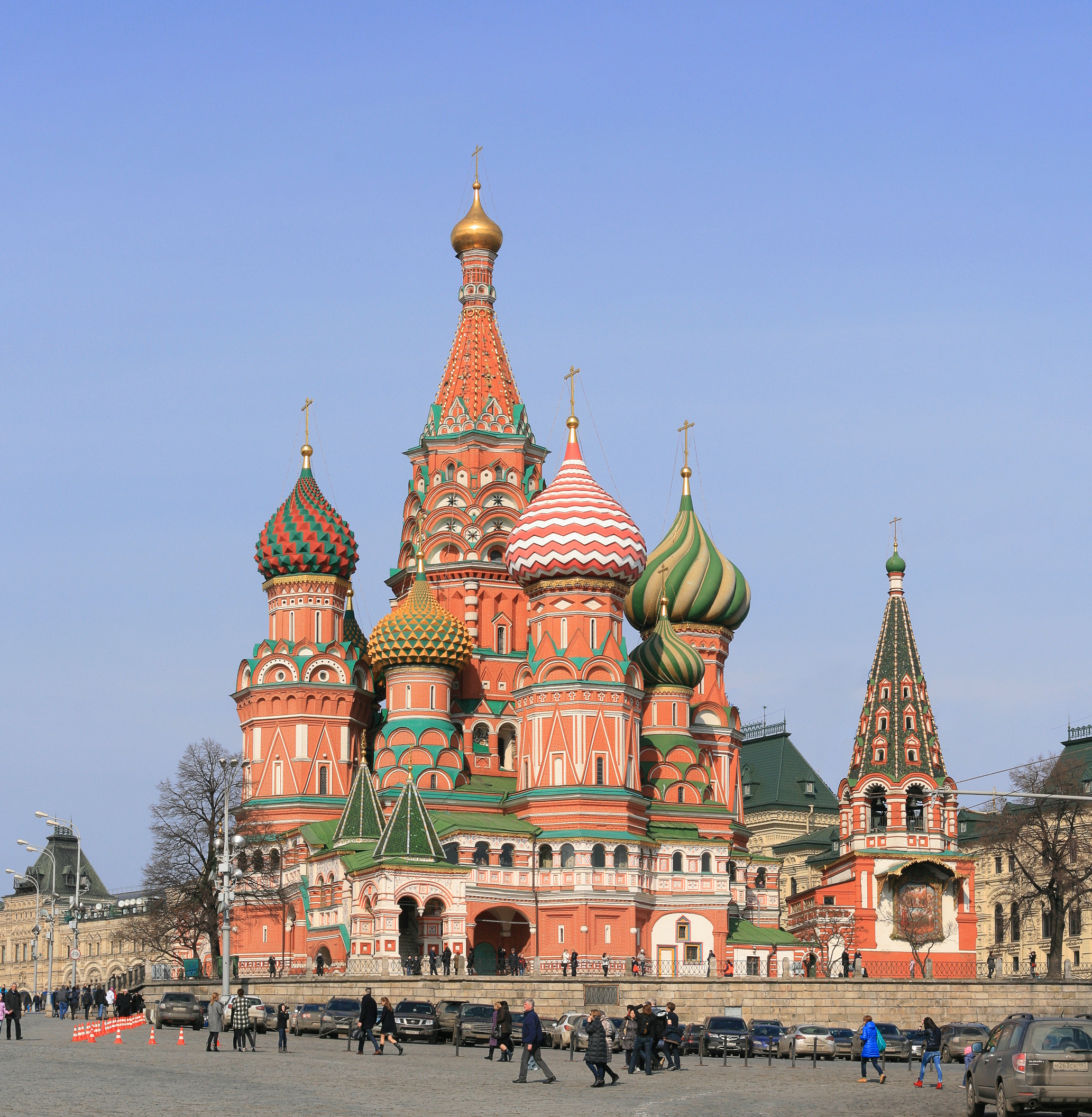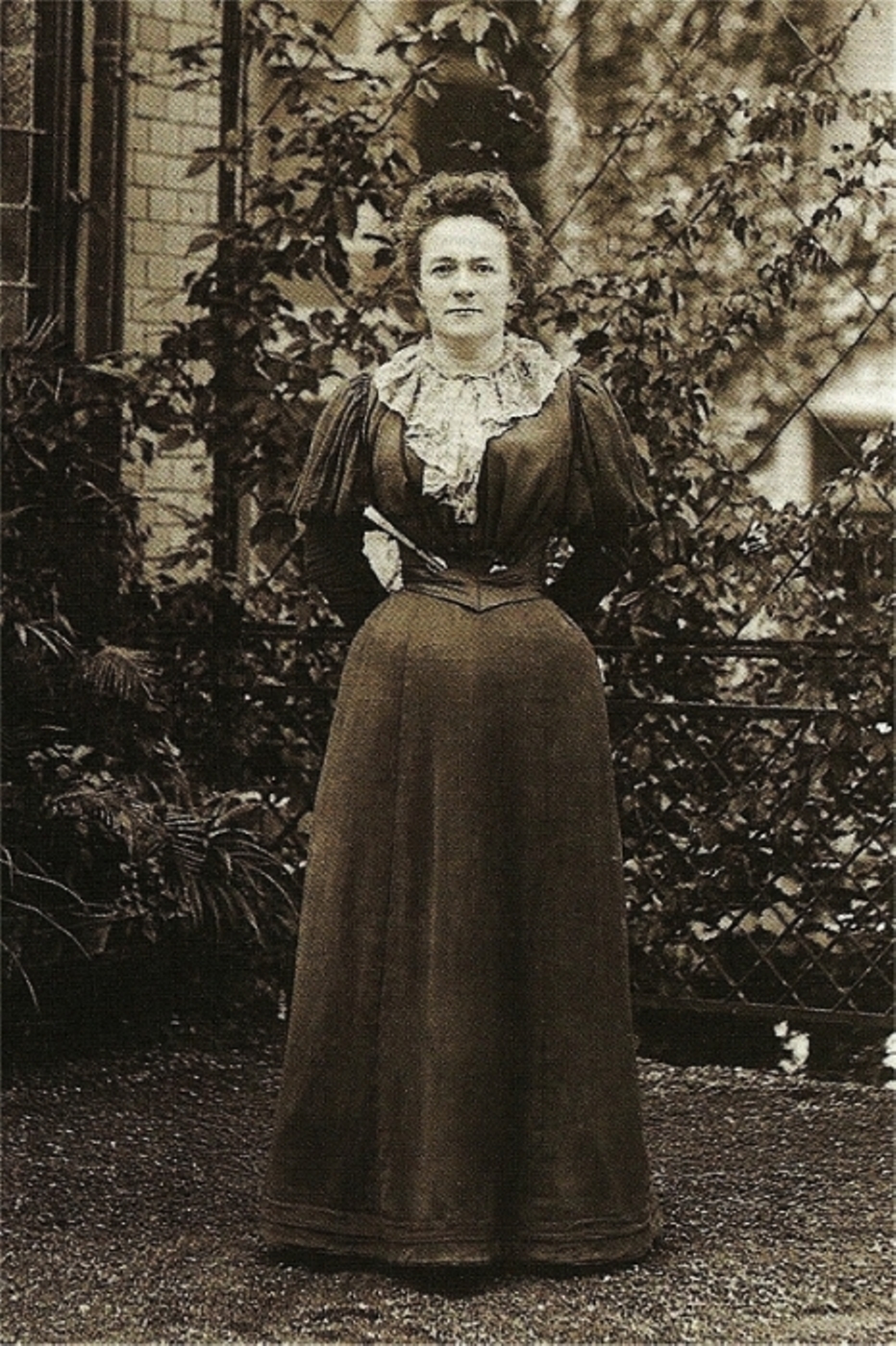|
Sükhbaataryn Yanjmaa
Sükhbaataryn Yanjmaa (15 February 1893 – 1 May 1962) was a Mongolian politician. As Chairwoman of the Presidium of the State Great Khural, she became the second non-hereditary woman head of state after Khertek Anchimaa-Toka of Tannu Tuva, and the first in an internationally-recognized country. She was the widow of Mongolian revolutionary leader Damdin Sükhbaatar. Life Yanjmaa was born on February 15, 1893, into a poor herding family near present-day Ulaanbaatar. She worked for Sükhbaatar's revolutionary group as a messenger in 1919 and when her husband travelled to the Soviet Union in 1920 to establish contact with Bolshevik revolutionaries, Yanjmaa stayed behind in Ulaanbaatar with their son, evading capture from Chinese officials hunting down subversives. In 1921 Khorloogiin Choibalsan helped her and her son flee to Kyakhta to be reunited with Sükhbaatar. After her husband led Mongolian partisans to victory in the Outer Mongolian Revolution of 1921, Yanjmaa became ... [...More Info...] [...Related Items...] OR: [Wikipedia] [Google] [Baidu] |
List Of Heads Of State Of Mongolia
The Constitution of Mongolia adopted in 1992 states that the President of Mongolia is the "head of state and embodiment of the unity of the Mongols, Mongolian people". Mongolia declared its independence from the Qing dynasty during the Mongolian Revolution of 1911, under the Bogd Khan (the 8th Jebtsundamba Khutuktu). From 1911 to 1924, during the Bogd Khanate of Mongolia, the head of state of Mongolia was nominally the Bogd Khan. During 1924 to 1992, during the Mongolian People's Republic, the official title of the head of state underwent several changes, namely: * Chairman of the State Great Khural (1924) * Chairman of the Presidium of the State Little Khural (1924–1951) * Chairman of the Presidium of the State Great Khural (1951–1960) * Chairman of the Presidium of the People's Great Khural (1960–1990) * President of the Mongolian People's Republic (1990–1992) Heads of state of Mongolia (1911–present) (Dates in italics indicate ''de facto'' continuation of office) ... [...More Info...] [...Related Items...] OR: [Wikipedia] [Google] [Baidu] |
Kyakhta
Kyakhta (, ; , ; , ) is a town and the administrative center of Kyakhtinsky District in the Republic of Buryatia, Russia, located on the Kyakhta River near the Mongolia–Russia border. The town stands directly opposite the Mongolian border town of Altanbulag. Population: From 1727 it was the border crossing for the Kyakhta trade between Russia and China. Etymology The Buryat name means ''place covered with couch grass,'' and is derived from Mongolian word , meaning ''couch grass''. Geography The region where Kyakhta stands is advantageous for Russo-Chinese trade. The Siberian River Routes connect the fur-bearing lands of Siberia to Lake Baikal. From there, the Selenga River valley is the natural route through the Selenga Highlands southeast of Lake Baikal out onto the plains of Mongolia. History Kyakhta was founded in 1727 soon after the Treaty of Kyakhta was negotiated just north at Selenginsk. It was the starting point of the boundary markers that defined what is ... [...More Info...] [...Related Items...] OR: [Wikipedia] [Google] [Baidu] |
Women's International Democratic Federation
The Women's International Democratic Federation (WIDF) is an international women's rights organization. Established in 1945, it was most active during the Cold War when, according to historian Francisca de Haan, it was "the largest and probably most influential international women's organization of the post-1945 era". Following the dissolution of the Soviet Union in 1991, its headquarters were moved from Berlin to Paris. In 2002, with the election of Márcia Campos as president, the office relocated to Brasília. Subsequently, in 2007 the WIDF secretariat was located in São Paulo. Since 2016, the president has been Lorena Peña of El Salvador and the world headquarters has been located in San Salvador. The WIDF's magazine, ''Women of the Whole World,'' was published in six languages: Arabic, English, French, German, Russian, and Spanish. WIDF was founded in Paris in 1945 as an anti-fascist organization with the intent of engaging women in efforts to prevent war and to combat th ... [...More Info...] [...Related Items...] OR: [Wikipedia] [Google] [Baidu] |
Order Of The Red Banner Of Labour
The Order of the Red Banner of Labour () was an order of the Soviet Union established to honour great deeds and services to the Soviet state and society in the fields of production, science, culture, literature, the arts, education, sports, health, social and other spheres of labour activities. It is the labour counterpart of the military Order of the Red Banner. A few institutions and factories, being the pride of Soviet Union, also received the order. The Order of the Red Banner of Labour was the third-highest civil award in the Soviet Union, after the Order of Lenin and the Order of the October Revolution. The Order of the Red Banner of Labour began solely as an award of the Russian SFSR on December 28, 1920. The all-Union equivalent was established by Decree of the Presidium of the Supreme Soviet on September 7, 1928, and approved by another decree on September 15, 1928. The Order's statute and regulations were modified by multiple successive decrees of the Presidium of ... [...More Info...] [...Related Items...] OR: [Wikipedia] [Google] [Baidu] |
World War II
World War II or the Second World War (1 September 1939 – 2 September 1945) was a World war, global conflict between two coalitions: the Allies of World War II, Allies and the Axis powers. World War II by country, Nearly all of the world's countries participated, with many nations mobilising all resources in pursuit of total war. Tanks in World War II, Tanks and Air warfare of World War II, aircraft played major roles, enabling the strategic bombing of cities and delivery of the Atomic bombings of Hiroshima and Nagasaki, first and only nuclear weapons ever used in war. World War II is the List of wars by death toll, deadliest conflict in history, causing World War II casualties, the death of 70 to 85 million people, more than half of whom were civilians. Millions died in genocides, including the Holocaust, and by massacres, starvation, and disease. After the Allied victory, Allied-occupied Germany, Germany, Allied-occupied Austria, Austria, Occupation of Japan, Japan, a ... [...More Info...] [...Related Items...] OR: [Wikipedia] [Google] [Baidu] |
State Great Khural
The State Great Khural is the unicameral parliament of Mongolia,Montsame News Agency. ''Mongolia''. 2006, Foreign Service office of Montsame News Agency, , p. 40 located in the Government Palace in the capital Ulaanbaatar. History 1914–1919 Tögs-Ochiryn Namnansüren became the chairman of the State Great Khural in February 1914, and served until his death in April 1919. 1924–1960 The first ''Ulsyn Ikh Khural'' was called to session in November 1924. This body was the legislature of the Mongolian People's Republic. It delegated much of its powers to an executive committee, the '' Ulsyn Baga Khural'' ( Little Khural). The Great Khural held nine sessions between November 1924 and February 1949. Following electoral reforms in 1951, the numbering of its sessions began again. The first was held in July 1951 and the third in July 1957.Alan J. K. Sanders (ed.), "Hural, Little" and "Hural, State Little", in ''Historical Dictionary of Mongolia'', 2nd ed. (Scarecrow Pre ... [...More Info...] [...Related Items...] OR: [Wikipedia] [Google] [Baidu] |
Politburo
A politburo () or political bureau is the highest organ of the central committee in communist parties. The term is also sometimes used to refer to similar organs in socialist and Islamist parties, such as the UK Labour Party's NEC or the Political Bureau of Hamas. Politburos are part of the governing structure in most former and existing states. Names The term ''politburo'' in English comes from the Russian ''politbyuro'' (), itself an abbreviation of ''politicheskoye byuro'' ( 'political bureau'). The Spanish term ''Politburó'' is directly loaned from Russian, as is the German ''Politbüro''. Chinese uses a calque (), from which the Vietnamese ( ), and Korean ( ''Jeongchiguk'') terms derive. History The first politburo was created in Russia by the Bolshevik Party in 1917 during the Russian Revolution that occurred during that year. The first Politburo had seven members: Vladimir Lenin, Grigory Zinoviev, Lev Kamenev, Leon Trotsky, Joseph Stalin, Grigori Sokol ... [...More Info...] [...Related Items...] OR: [Wikipedia] [Google] [Baidu] |
Communist University Of The Toilers Of The East
The Communist University of the Toilers of the East (, KUTV; also known as the Far East University) was a revolutionary training school for important communist political leaders. The school operated under the umbrella of the Communist International (Comintern) and was in existence from 1921 until the late 1930s. Part of the university was split into the Moscow Sun Yat-sen University. History In September 1920, the Comintern held an International Conference of Asian Nations in Baku. The Communist University of the Toilers of the East (KUTV) was established in 1921 in Moscow by the Comintern as a technical college for communist cadres from the Soviet periphery, though it also matriculated students from the Arab world, Africa, and East and South Asia. The school officially opened on 21 October 1921. It performed a similar function to the International Lenin School, which mainly accepted students from Europe and the Americas. It was headed in its initial years by Grigory Br ... [...More Info...] [...Related Items...] OR: [Wikipedia] [Google] [Baidu] |
Moscow
Moscow is the Capital city, capital and List of cities and towns in Russia by population, largest city of Russia, standing on the Moskva (river), Moskva River in Central Russia. It has a population estimated at over 13 million residents within the city limits, over 19.1 million residents in the urban area, and over 21.5 million residents in Moscow metropolitan area, its metropolitan area. The city covers an area of , while the urban area covers , and the metropolitan area covers over . Moscow is among the world's List of largest cities, largest cities, being the List of European cities by population within city limits, most populous city entirely in Europe, the largest List of urban areas in Europe, urban and List of metropolitan areas in Europe, metropolitan area in Europe, and the largest city by land area on the European continent. First documented in 1147, Moscow became the capital of the Grand Principality of Moscow, which led the unification of the Russian lan ... [...More Info...] [...Related Items...] OR: [Wikipedia] [Google] [Baidu] |
Comintern
The Communist International, abbreviated as Comintern and also known as the Third International, was a political international which existed from 1919 to 1943 and advocated world communism. Emerging from the collapse of the Second International during World War I, the Comintern was founded in March 1919 at a congress in Moscow convened by Vladimir Lenin and the Russian Communist Party (Bolsheviks) (RCP), which aimed to create a new international body committed to revolutionary socialism and the overthrow of capitalism worldwide. Initially, the Comintern operated with the expectation of imminent proletarian revolutions in Europe, particularly Germany, which were seen as crucial for the survival and success of the Russian Revolution. Its early years were characterized by attempts to foment and coordinate revolutionary uprisings and the establishment of disciplined communist parties across the globe, often demanding strict adherence to the " Twenty-one Conditions" for admission ... [...More Info...] [...Related Items...] OR: [Wikipedia] [Google] [Baidu] |
Nadezhda Krupskaya
Nadezhda Konstantinovna Krupskaya ( rus, links=no, Надежда Константиновна Крупская, p=nɐˈdʲeʐdə kənstɐnʲˈtʲinəvnə ˈkrupskəjə; – 27 February 1939) was a Russian revolutionary, politician and political theorist. She was a leader of the Bolsheviks, Bolshevik party and was married to Vladimir Lenin. Krupskaya was born in Saint Petersburg to an Krupski, aristocratic family that had descended into poverty, and she developed strong views about improving the lives of the poor. She embraced Marxism and met Lenin at a Marxist discussion group in 1894. Both were arrested in 1896 for revolutionary activities and after Lenin was exiled to Siberia, Krupskaya was allowed to join him in 1898 on the condition that they marry. The two settled in Munich and then London after their exile, before briefly returning to Russia to take part in the 1905 Russian Revolution, Revolution of 1905. Following the Russian Revolution, 1917 Revolution, Krupskaya was ... [...More Info...] [...Related Items...] OR: [Wikipedia] [Google] [Baidu] |
Clara Zetkin
Clara Zetkin (; ; ''née'' Eißner ; 5 July 1857 – 20 June 1933) was a German Marxist theorist, communist activist, and advocate for women's rights. Until 1917, she was active in the Social Democratic Party of Germany. She then joined the Independent Social Democratic Party of Germany (USPD) and its far-left wing, the Spartacist League, which later became the Communist Party of Germany (KPD). She represented that party in the Reichstag during the Weimar Republic from 1920 to 1933. Biography Background and education In July 1857, Clara Josephine Eißner (Eissner) was born the eldest of three children in , a peasant village in Saxony that is now part of the municipality of Königshain-Wiederau. Her father, Gottfried Eissner, was a schoolmaster, church organist and a devout Protestant. Her mother, Josephine Vitale, who had French roots, came from a middle-class family from Leipzig and was highly educated. In 1872, her family moved to Leipzig, where she was educated at the ... [...More Info...] [...Related Items...] OR: [Wikipedia] [Google] [Baidu] |











